1.2 The Gods and Their Iconography
Learning Objectives
By the end of this section, you will be able to identify all 14 Olympian gods (including Hades) in both their Greek and Roman forms, recognise their key symbols and attributes in ancient art, and understand the differences between Greek and Roman interpretations of the same deities.
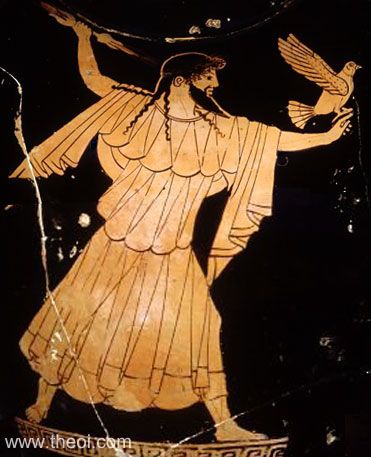
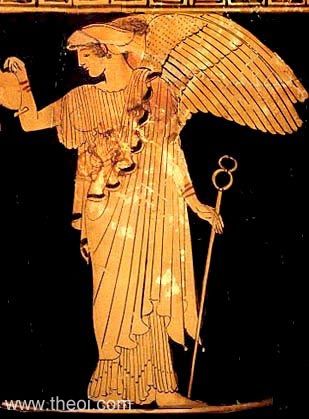
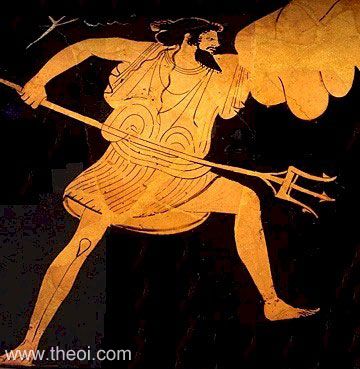
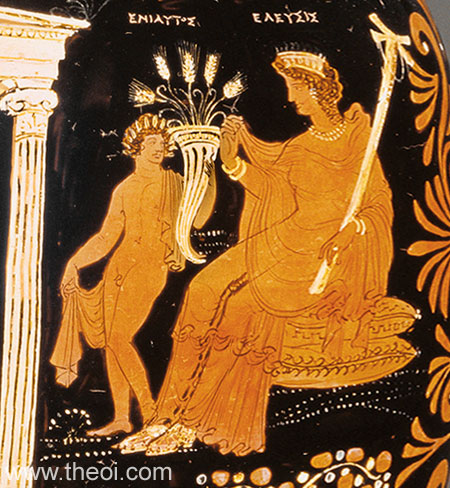
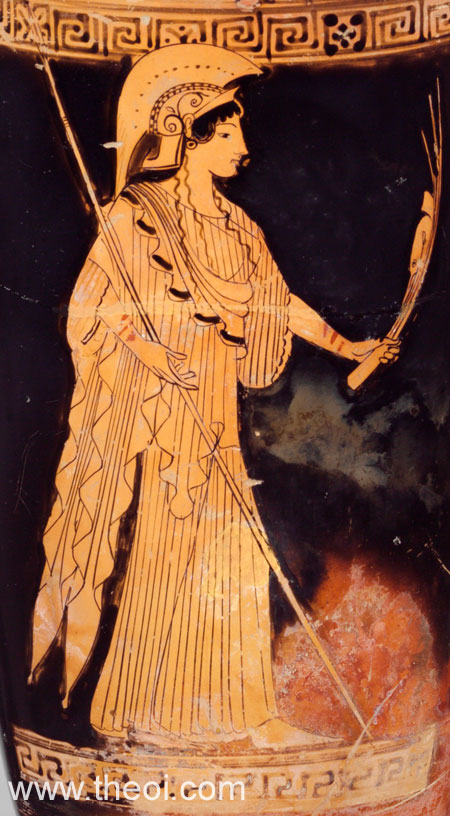
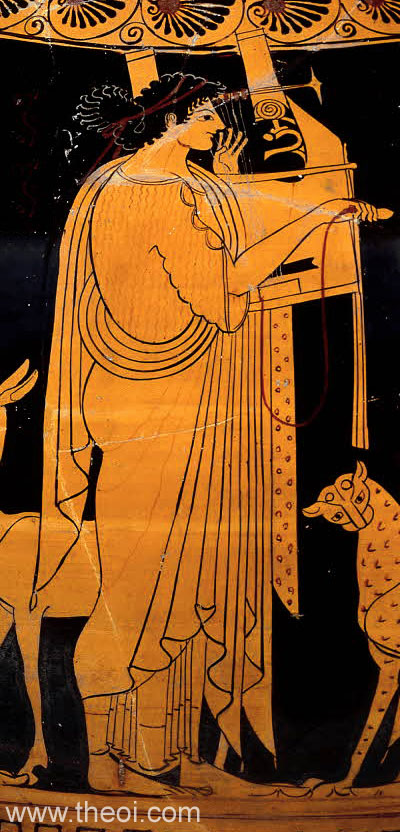
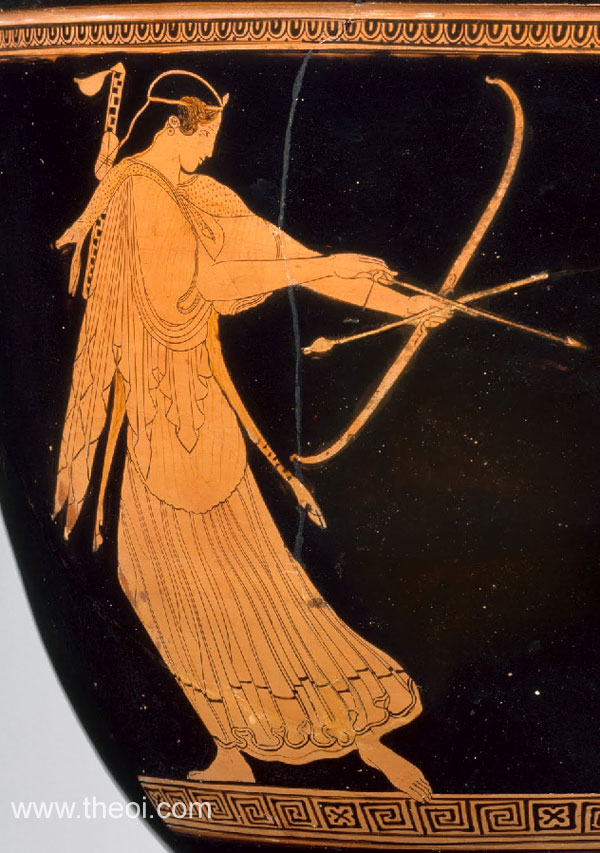
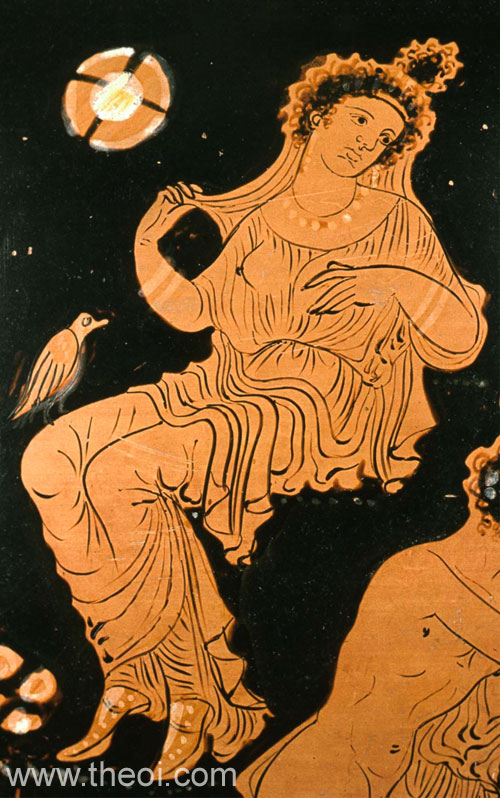
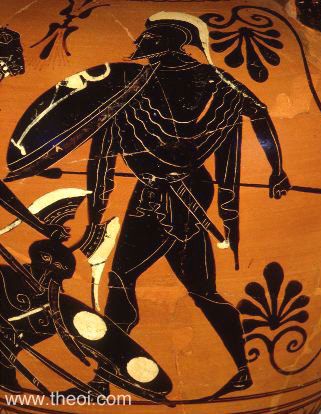
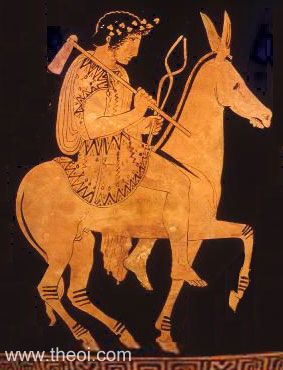
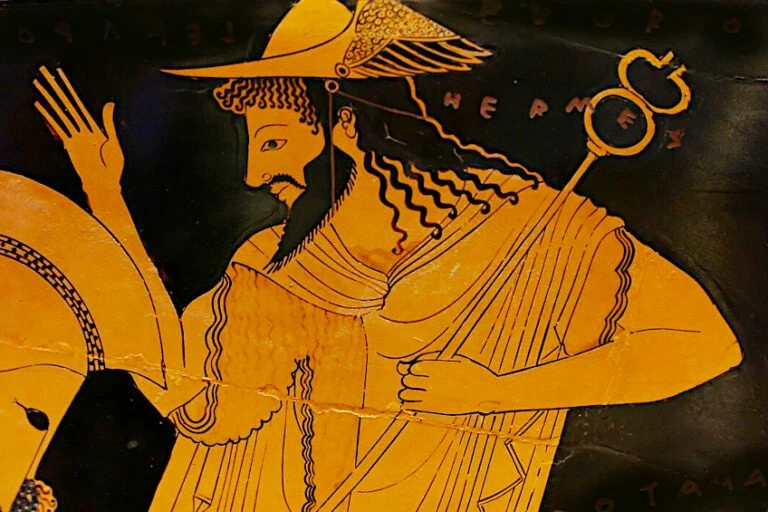

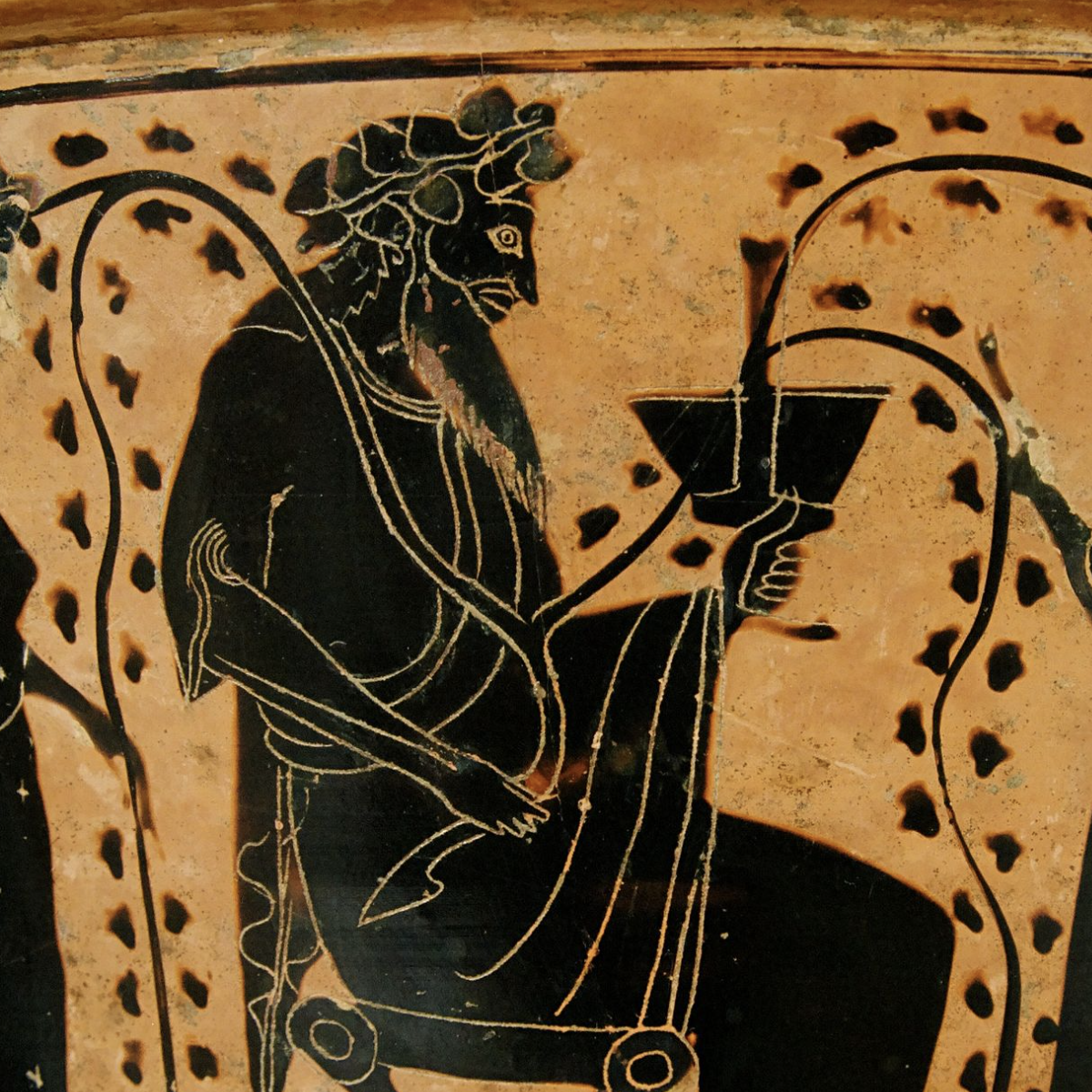
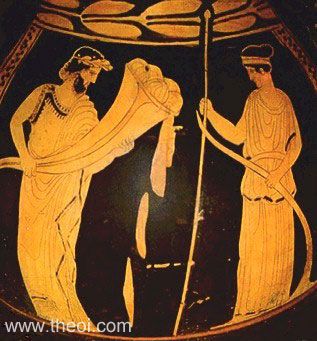
Explore the Gods
Click on any god above to learn about their responsibilities, symbols, and how to identify them in ancient art. The 12 Olympians lived on Mount Olympus, while Hades ruled the underworld separately.
Remember: Each god had specific iconography - visual symbols that made them instantly recognisable in art. These symbols were related to their powers and responsibilities.
Greek and Roman Names: Same Gods, Different Cultures
When the Romans encountered Greek culture, they didn't simply copy the Greek gods - they syncretised them with their own existing deities. This process created subtle but important differences between Greek and Roman versions of the same gods.
| Greek Name | Roman Name | Key Responsibilities | Main Symbols |
|---|---|---|---|
| Zeus | Jupiter | King of gods, sky, justice | Eagle, lightning bolt, sceptre |
| Hera | Juno | Marriage, women, childbirth | Peacock, diadem, sceptre |
| Poseidon | Neptune | Sea, earthquakes, horses | Trident, dolphin, horse |
| Demeter | Ceres | Agriculture, harvest, nature | Wheat, cornucopia, torch |
| Athena | Minerva | Wisdom, warfare, crafts | Owl, aegis, olive tree |
| Apollo | Apollo | Music, prophecy, sun, healing | Lyre, laurel, bow and arrow |
| Artemis | Diana | Hunt, moon, childbirth | Bow and arrow, deer, moon |
| Aphrodite | Venus | Love, beauty, pleasure | Dove, rose, shell, mirror |
| Ares | Mars | War, violence, courage | Spear, shield, helmet, vulture |
| Hephaestus | Vulcan | Fire, metalworking, volcanoes | Hammer, anvil, tongs |
| Hermes | Mercury | Messages, trade, thieves, travel | Caduceus, winged sandals, cap |
| Hestia | Vesta | Hearth, home, family | Hearth fire, kettle, veil |
| Dionysus | Bacchus | Wine, theatre, festivity, madness | Thyrsus, vine, wine cup |
| Hades | Pluto | Underworld, dead, wealth | Cerberus, cornucopia, cypress |
Identifying Gods in Ancient Art
Ancient artists used consistent iconographic symbols to make gods instantly recognisable. These visual clues were essential in a world where many people couldn't read but needed to identify divine figures in temples, on pottery, and in public art.
Key Identification Principles
- Attributes: Objects associated with the god's power (Zeus's thunderbolt, Poseidon's trident)
- Animals: Sacred creatures that accompanied gods (Athena's owl, Hera's peacock)
- Clothing and appearance: Specific garments or physical features (Dionysus's ivy crown, Apollo's youthful beauty)
- Context: Activities or settings that reveal identity (Hephaestus at a forge, Artemis hunting)
Epithets: The Many Faces of the Gods
Epithets were additional names that specified particular aspects or local versions of a god. Understanding epithets is crucial for interpreting ancient texts and religious practices.
Common Epithets and Their Meanings
Greek vs Roman: More Than Just Names
While the Romans adopted Greek gods, they often emphasised different aspects based on their cultural values. Understanding these differences helps explain variations in ancient art and literature.
Key Differences
- Mars vs Ares: The Greeks saw Ares as brutal and chaotic, often mocked in myths. Romans honoured Mars as a noble protector, father of Romulus and defender of the state.
- Minerva vs Athena: While both were wisdom goddesses, Minerva had stronger associations with crafts and trade guilds in Rome, reflecting Roman commercial interests.
- Diana vs Artemis: Diana absorbed attributes from local Italian goddesses, becoming more associated with the moon and women's mysteries than her Greek counterpart.
- Bacchus vs Dionysus: Romans initially resisted Dionysian worship as foreign and dangerous, leading to the suppression of Bacchanalia in 186 BC.
Gods in Art: From Pottery to Temples
Gods appeared everywhere in ancient art - painted on pottery, carved in temple pediments, cast in bronze statues, and struck on coins. Each medium had its own conventions for divine representation.
Common Artistic Conventions
- Scale: Gods often appeared larger than mortals in the same scene
- Ideal beauty: Divine figures showed perfect proportions and ageless features (except Hephaestus)
- Narrative scenes: Gods were shown in mythological episodes that revealed their nature
- Cult statues: Temple statues showed gods in their most formal, powerful aspect
The ability to identify gods in art was essential for understanding public monuments, temple decorations, and even everyday objects. This visual literacy was part of basic cultural knowledge in the ancient world.
